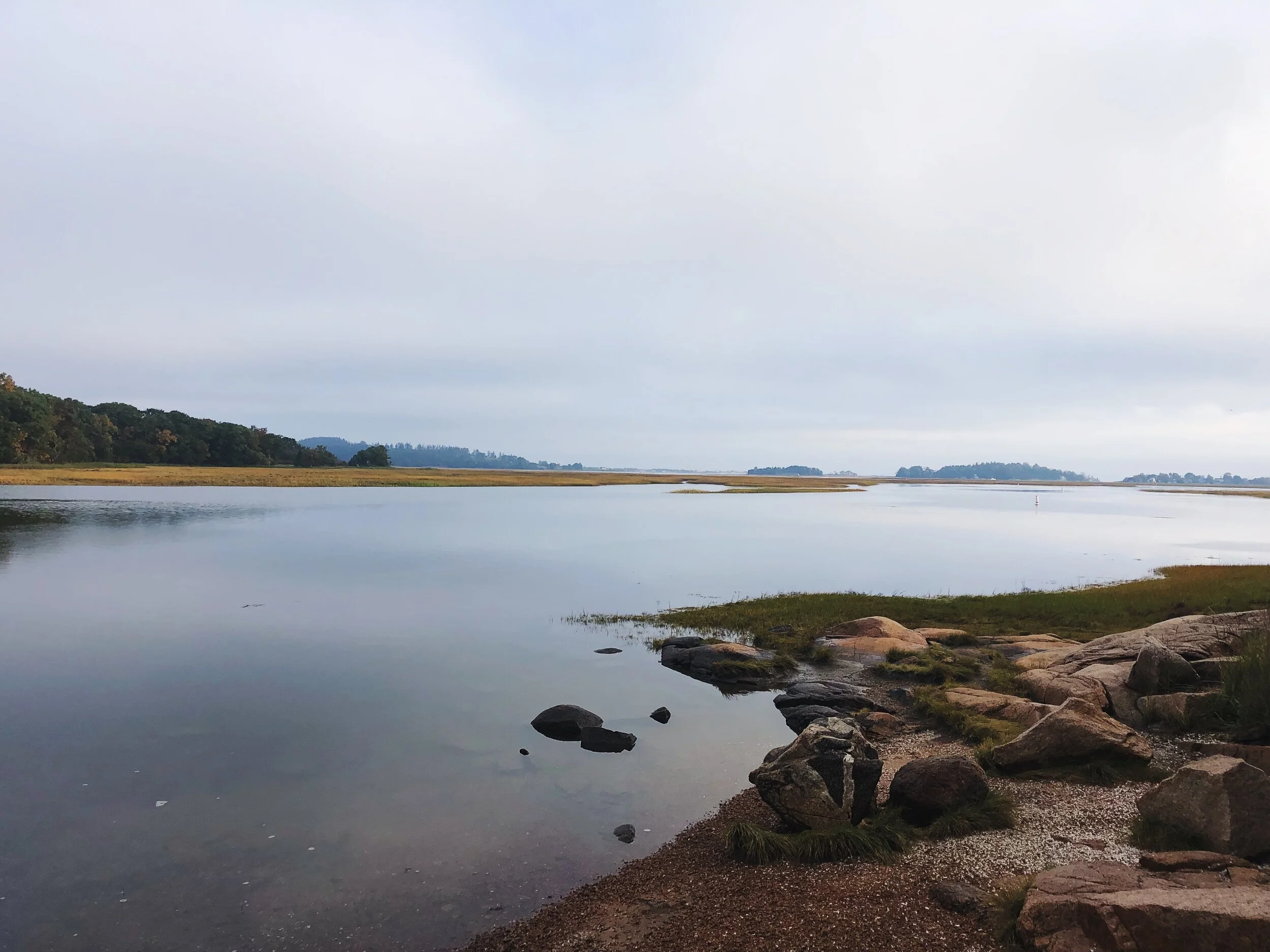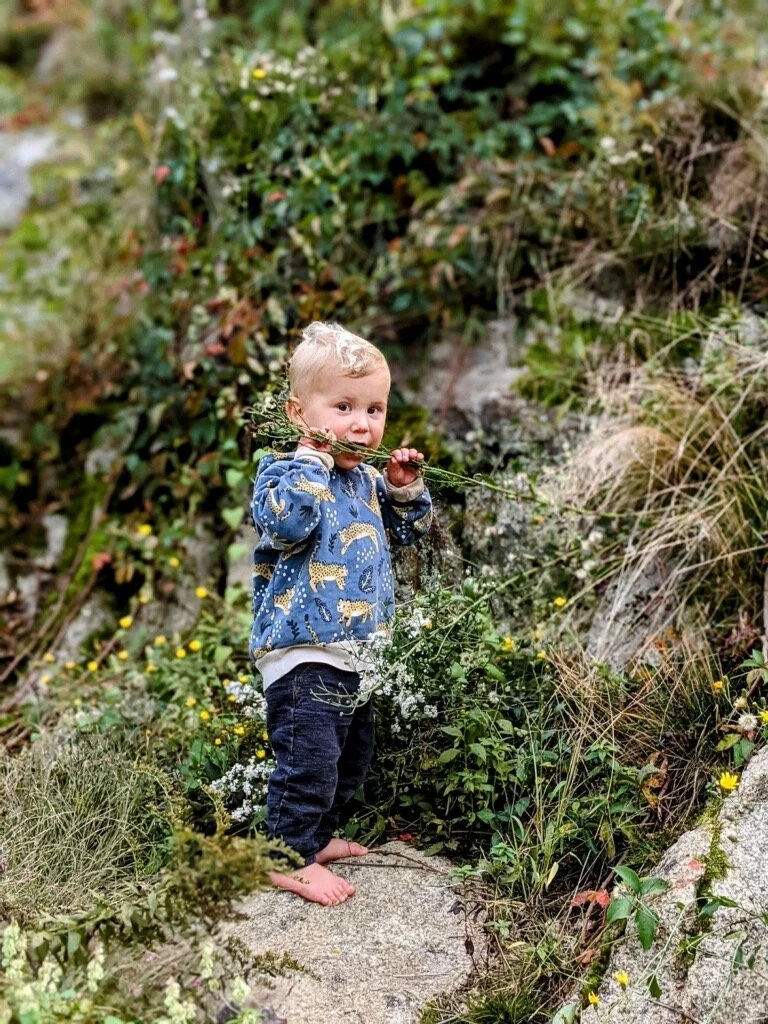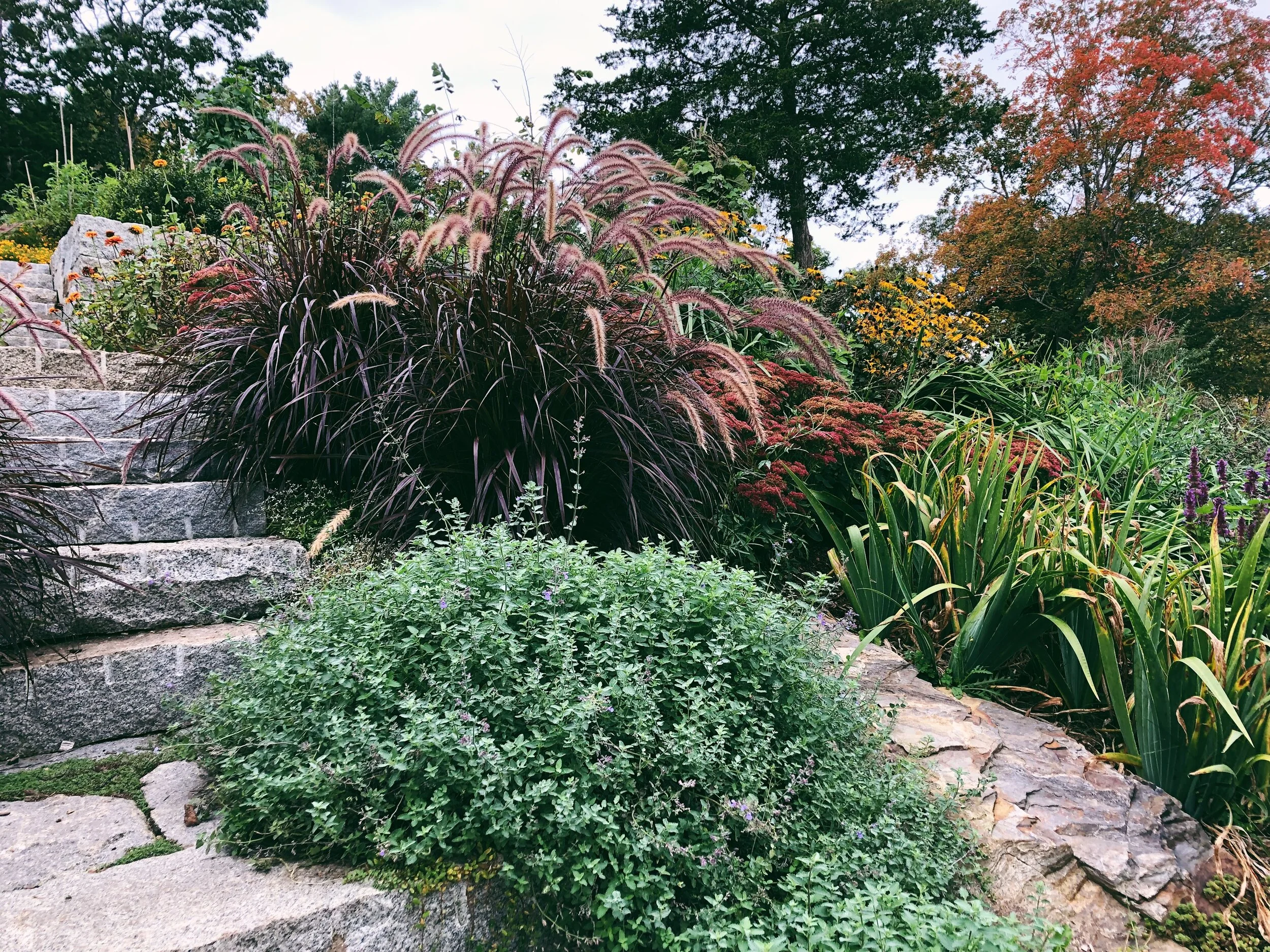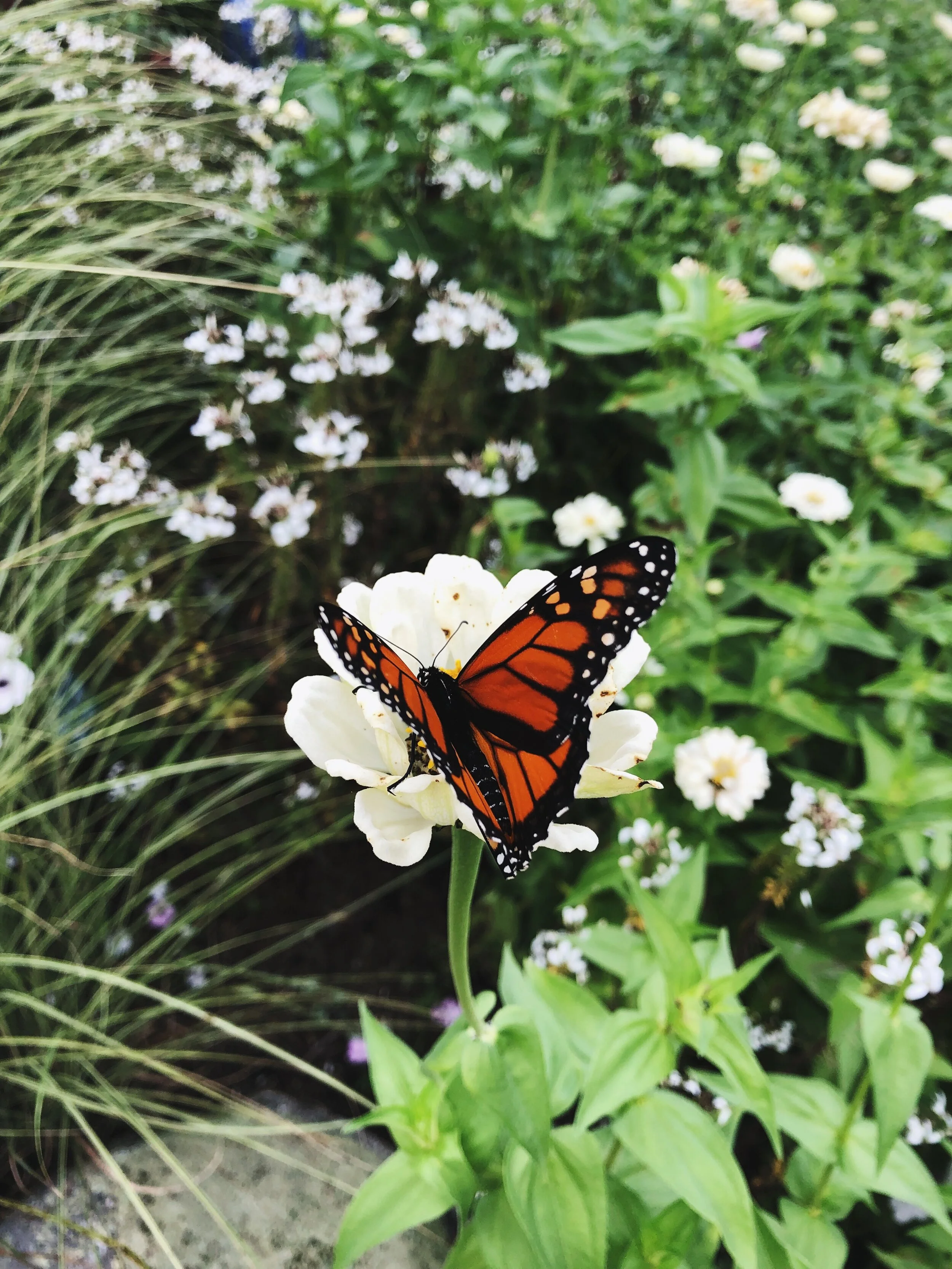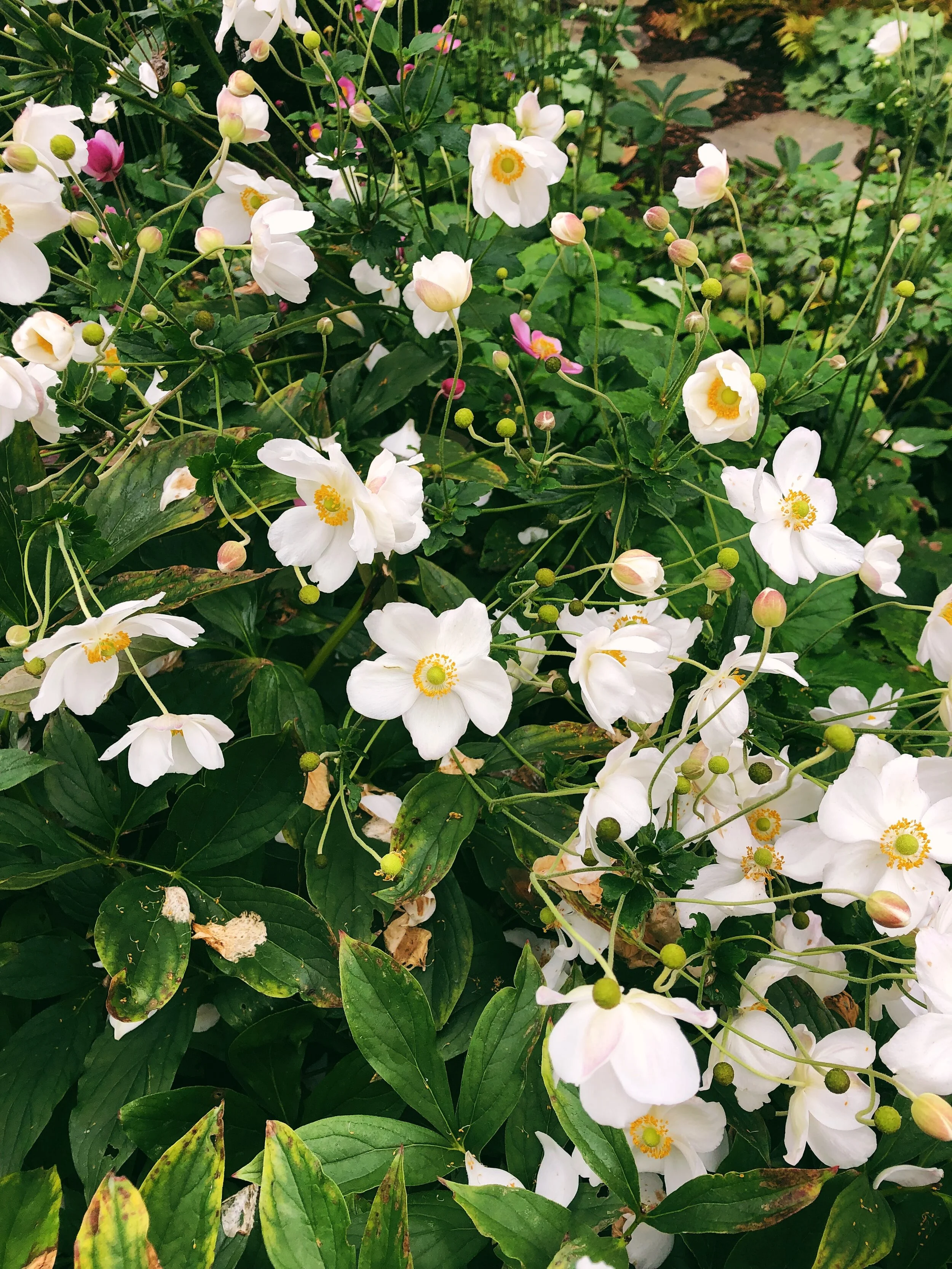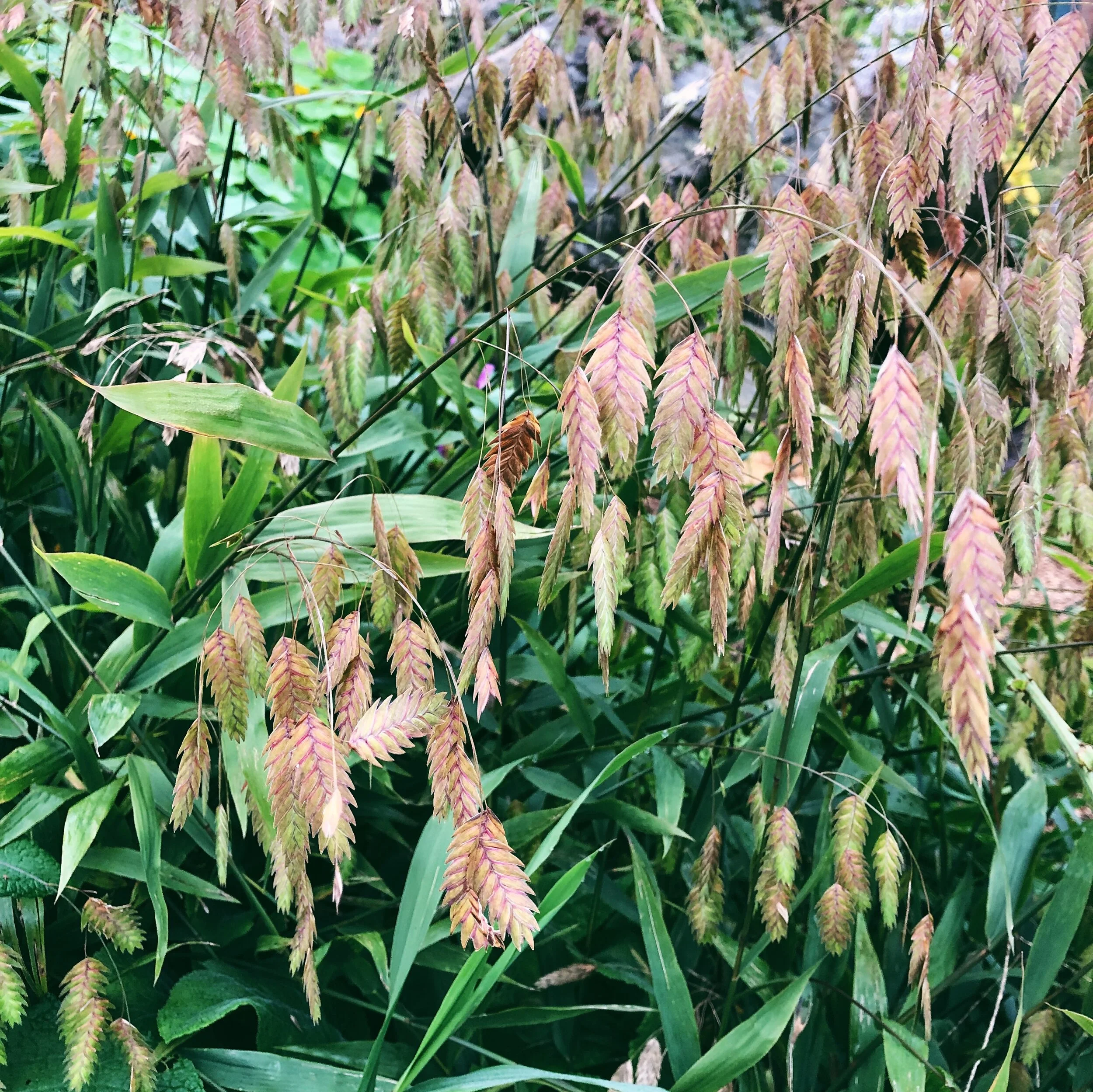October 2021
I’m going out to clean the pasture spring;
I’ll only stop to rake the leaves away
(And wait to watch the water clear, I may):
I shan’t be gone long. – You come too.
First stanza of The Pasture, by Robert Frost.
There is so much one could say about October, it is truly a special month. It is the main month of autumn here in New England, it carries all the light, colors, scents, textures, and the harvest that we associate with this season. October is a soft glow in the morning, where the mists hang low over the fields out my window, there is an etherial quality to the early morning light, blurred through mists, pale soft colors reaching over head at dawn, too quickly passing to blue skies. October is warm golden light, slanting through and illuminating the trees in the late afternoon, the time of day where summer comes back to us for a few hours. October is evening coming on quickly, the darkness closes around the garden much earlier than I would like. In this twilit hour the temperature can drop as suddenly as the sun, sweaters are pull over heads as the last of the gardening is done and the veg for dinner brought in. By the end of the month, more likely than not the end of the evening will be spend around the wood stove.
One of my favorite gardners, Monty Don, states that October is really new years in the garden, and I can see his point. This is the month that we begin to prepare for next year. plants are getting moved or divided, seeds are being collected, cuttings taken. I don’t know about you, but I find I am obsessively thinking about next years garden, what did I love this year, what succeeded, what didn’t work or struggled, what changes do I want to make and what plants am I excited to try. We lost a beautiful mature hickory tree to hurricane winds at the end of last month, it was devastating, but the silver lining is with it gone we can make some adjustments to the grade around where the tree was and replant the area, and now the trick is deciding what tree I want to replant in that area.
Various Jobs for the Veg & Flower Gardens.
I have been working in the veg garden, taking stock of what is still growing, what needs harvesting, and what needs clearing away to the compost pile (or thrown in with the chickens), deciding where I want to plant the garlic this year, etc. Some of the veg beds are being given over to propagation as I dig up and divide plants, I let them over winter in the veg garden and then dig them back up to plant out in their new location in the spring. The upper veg garden I am truly hopeful that is fall / winter / spring it will get the big update I am hoping for…. a bow frame greenhouse and a series of raised beds. But there are a lot of projects on the horizon for these next several months, so, we will see.
We spent some time last weekend clearing and cleaning out the root cellar, getting ready to fill it up with produce and tubers of various pants I will be over wintering. I am starting to get my various bins and storage materials ready for next month.
As we start getting cooler and cooler nights, I will be keeping my eye on a few crops I want to protect from early frost, like my beets, I planted them a bit late, and I am hoping that by giving them a little extra time to grow I will be able to harvest small beets by the end of the year. If you have horticultural fleeces these can be helpful to do just that, keep the early frosts at bay and squeezing in just a bit more growing.
We have been curing the butternut squash and long island cheese pumpkins in the greenhouse and over the weekend we got them all tucked away for winter storage.
The leeks are still standing proudly in the field, soon we will be pulling them up and sticking them in pots with a bit of soil in the root cellar. If you have a cool / unheated area that is frost free, leeks can be stored in pots with a little bit of soil for quite a long time. So even if you didn’t grow leeks, you could pick some up from a local farm you love and store them for later winter.
I will keep on deadheading my dahlias and zinnias right up to the very end, this keeps them flowering strongly, even as we are cooling down. I am also keeping an eye on over night temps as we move later into the month, if we are gong to be close to a frost I will be one of those crazy ladies who will be out there in the dark cutting all my dahlia’s to enjoy them for a few extra days.
Now is a great time to collect seeds as well. I like to wait for a warm, dry day, after the sun has done away with the morning dew and then go out and collect seed. If it is very dry then I store them in small paper bags straight away. However if they don’t seem totally dry, I will hang them up to dry in the house or green house for a few days before storing them. Label your packets right away, I can speak from experience, you won’t remember and unless the seed you collect is very recognizable, you will end up with mystery seed packets. Store your seeds in a cool dry area until you are ready to sow.
Spring Bulbs
I added up all the bulbs, and I order something like 750 of them….haha! If you are serious about your bulbs you will probably think that is mere child’s play, if you are new to bulbs, then I will most likely sound insane to you. Either way, this is what I will be doing in odd minutes here and there over the next month! We are now into the time of year you can start planting bulbs, I usually wait until closer to the end of the month, and then I hope to be finished planting by Thanksgiving. In fact most of the bulbs I ordered came in yesterday and I am looking forward to planting them out!
Garlic
Sometime toward then end of the month I will plant out the garlic. When saving your own seed garlic, you want to choose out the best, biggest bulbs for planting. Pick a sunny spot, they prefer good drainage, but I have managed to grow garlic even in the heavy clay of our lower garden, but full sun is vital. Space your bulbs somewhere between 6-9 inches apart and make sure you give them a good inch of coverage. I like to put down a layer of salt marsh hay over the bed to give them an extra bit of insulation over winter.
Propagating plants
Even though fall is really getting on, there is still time to take cuttings and propagate plants. You can still take both soft and hardwood cuttings.
Hardwood cuttings will be slow to root, so don’t despair, you will need to attend to them throughout the rest of the fall and winter, keeping them watered and in a sheltered spot, but come spring when you see new growth they will be ready to potted up, grown in a container for a bit longer until they are sizable enough to plant out. You want to work with sections that are between 6-12” and I would put several in the same pot. The soil should be very gritty, you could do approximately a 50/50 mix of perlite to potting soil, the idea is to keep the soil light. The key is that they need both water and oxygen while growing roots, but they don’t need any nutrition until they are beginning to put on growth.
While I was pruning and tying up blackberry canes, quite a number of the canes had tip rooted, and therefore I dug them up, potted them, and tucked them into the green house. If you have brambles you could intentionally bend down the tips and pin them in plant to intentionally tip root them, leave the over winter. Come spring cut them apart from the original cane, dig them up and now you have a new plant to add to your patch or start another one.
I am also going to be taking some hardwood cuttings this month. The trick with hardwood cuttings is that they need both water and oxygen while their roots are forming, so a compost / potting soil that is 50/50 with perlite will help keep the soil structure more open.

